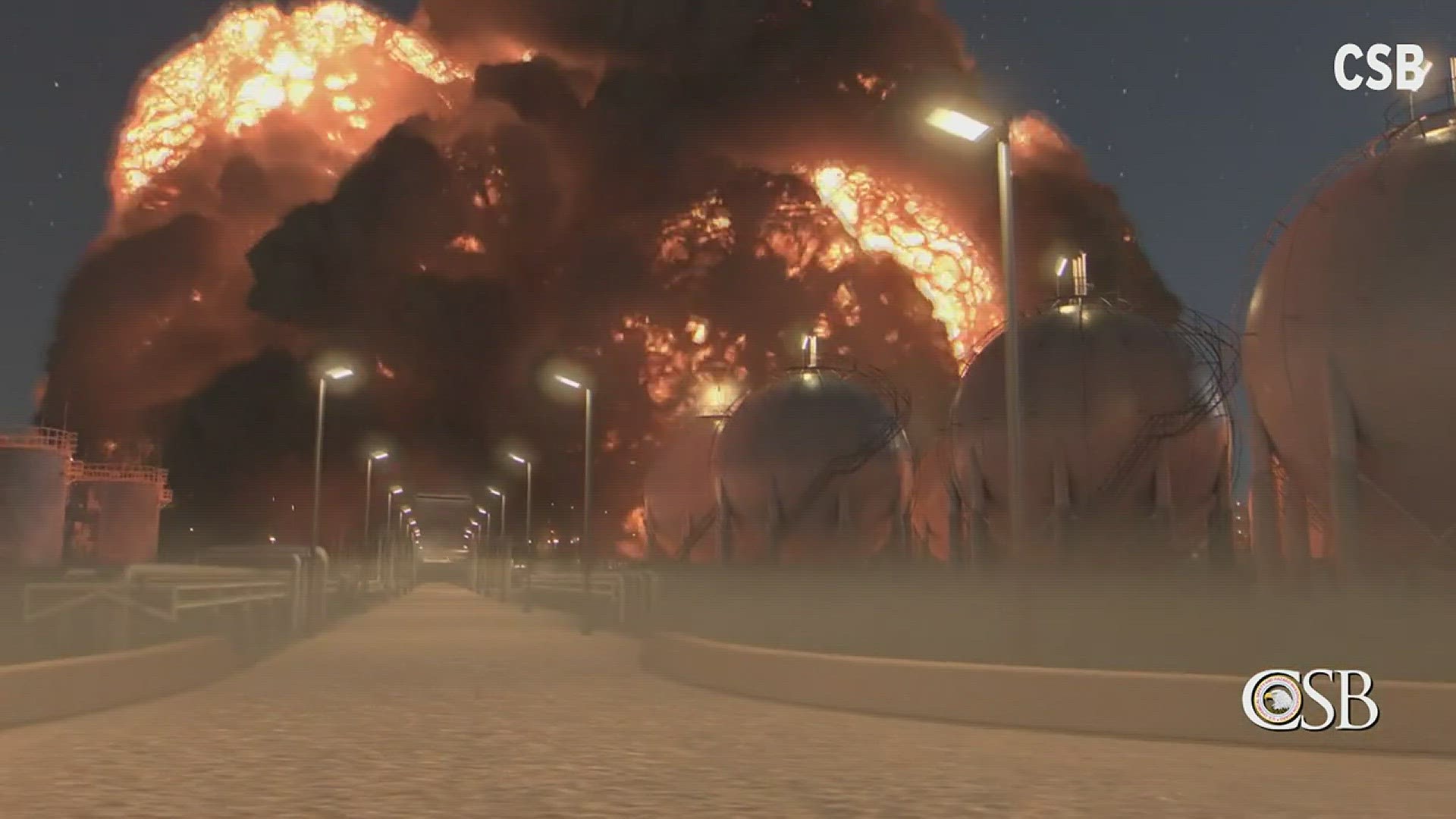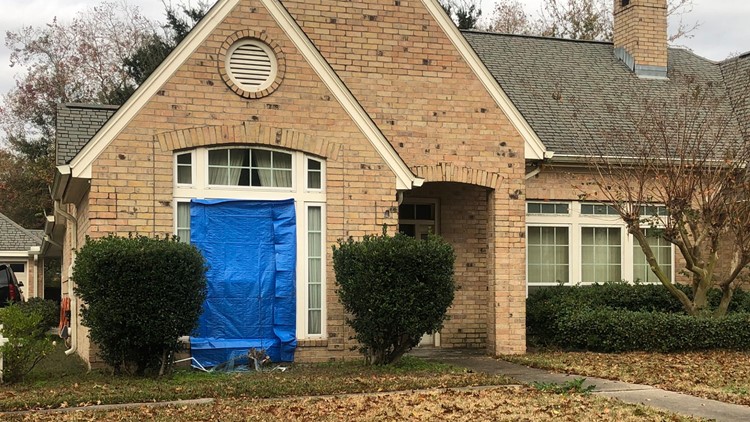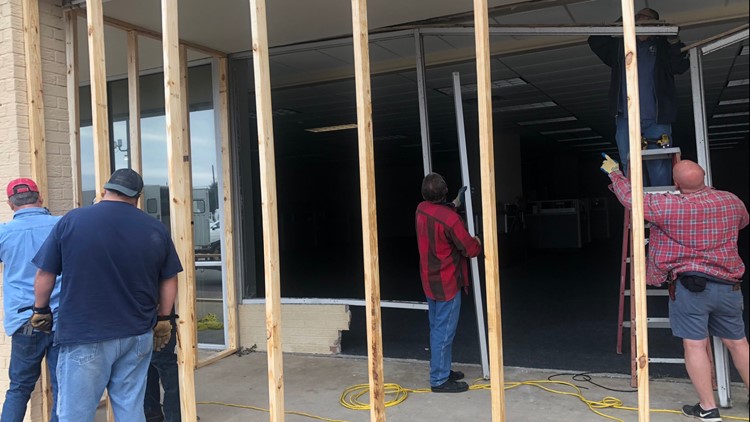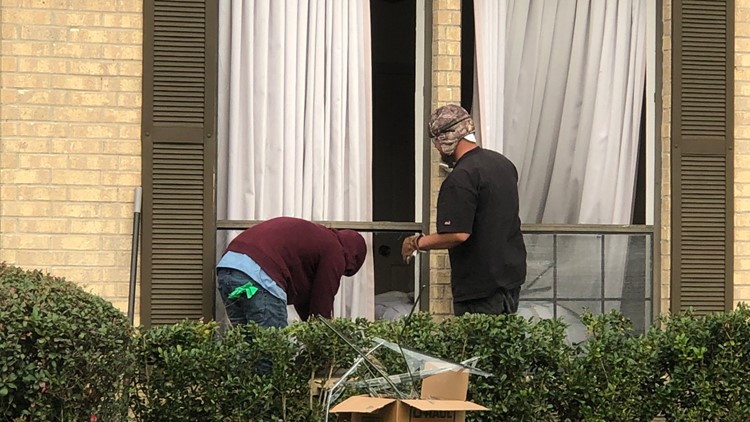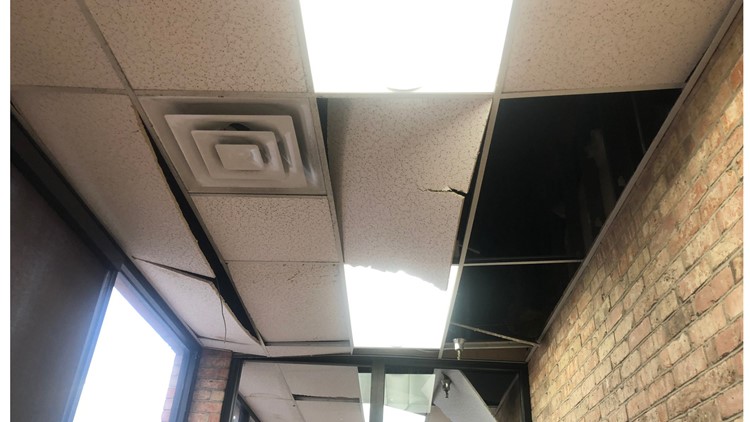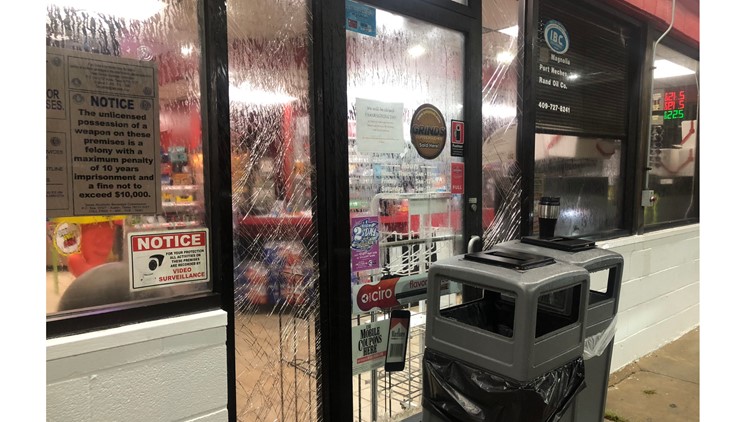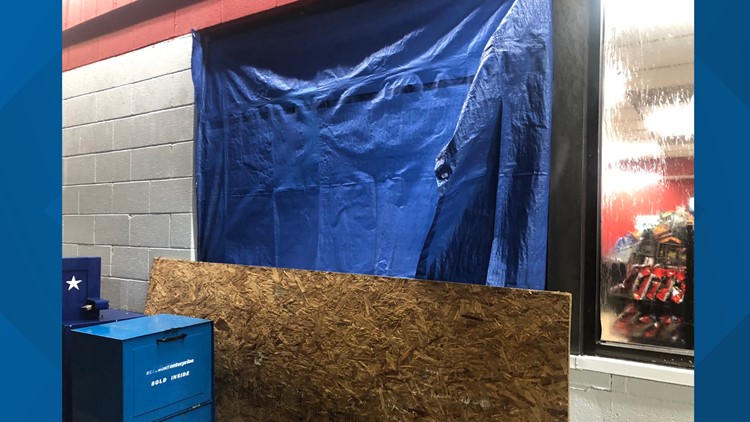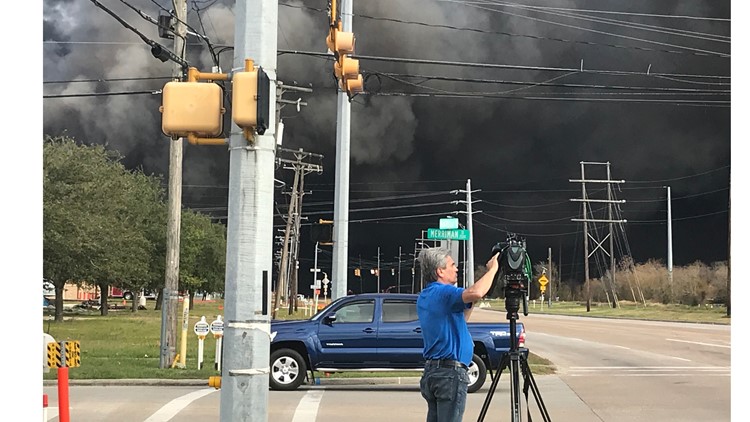PORT NECHES, Texas — Nearly four years after an explosion rocked the city of Port Neches, the U.S. Chemical Safety and Hazard Investigation Board (CSB) has released a new safety video on the investigation into the TPC plant explosions.
The initial explosion at the TPC Group Port Neches Operations facility Chemical Plant happened on November 27, 2019 just before 1 a.m.
The resulting blast was felt up to 30 miles away and damaged nearby homes and buildings. Process fluid that continued to leak from damaged equipment fueled fire that burned for more than a month.
In the CSB's new safety video, which is titled “The Danger of Popcorn Polymer: Incident at the TPC Group Chemical Plant,” an animation demonstrated the events leading to the incident and interviews with both CSB Board Member Dr. Sylvia Johnson and the CSB’s Lead Investigator for the incident, Butch Griffin.
In the video, Johnson says the incident at TPC was the result of a known hazard where popcorn polymer grew and formed inside equipment that was poorly managed and controlled at the facility.
"Gaps in industry good guidance on the management of popcorn polymer formation played a role. The result was a catastrophic incident that disrupted life at the facility as well as the local community," Johnson said.
In the video, Griffin says this could've been prevented.
"Had the TPC implemented the 2016 recommendation, for personnel to regularly flush piping associated with out of service equipment, the dangerous buildup of popcorn polymer, could have been prevented," he said.
The safety video covers the four key safety issues that contributed to the 2019 explosion and fire, which are as follows:
- Dead leg identification and control
- Process hazard analysis action item implementation
- Control and prevention of popcorn polymer
- Remotely operated emergency isolation valves
The video also highlights safety recommendations made by the CSB to the TPC Group as well as the American Chemistry Council.
“We believe our final report and recommendations will help facilities that handle and store large quantities of butadiene better control popcorn polymer formation and growth within their processes. Doing so can prevent another terrible incident like the one that occurred at TPC," Johnson said in the video.
Attorney Mark Sparks with Ferguson Law Firm, who represents more than a thousand people impacted by the explosion, says it's nice to see a conclusion to a report solidifying wrong-doing.
But he says the report is still missing some things.
"Accountability of the owners, who assumed direct control. I think missing, are the contractors who were hired by TPC to stop the popcorn polymer, the discussion of them. The huge effect this had on our community, and the struggling it imposed upon us," Sparks said.
Sparks says a lawsuit against TPC and contractors hired to prevent a polymer explosion is still pending in Orange County.
Questions still remain.
"Why is it that all of us have to have a minimum amount of insurance when we drive on a roadway, but when someone operates a plant that can blow up and destroy a city, there's no such regulation," Sparks said.
The victims in the case are seeking major compensation for the negative impact the explosion had on them.
Sparks is less interested in how it happened, but rather wants to know why it happened.
"We're neighbors, so behave like a neighbor. I have insurance on my stuff, get insurance on your stuff, my stuff's not exploding, make sure your stuff doesn't explode," he said.
In a full report from the CSB released in 2022, officials said the incident occurred when a “piping section ruptured, releasing highly flammable butadiene that quickly ignited."
The pressure wave that resulted from it destroyed parts of the facility and injured two TPC employees and a security contractor.
“The incident at TPC was the result of a known safety hazard – popcorn polymer – that was poorly managed and controlled at the facility,” Steve Owners, chairperson for CSB said previously. “The result was a catastrophic incident that caused hundreds of millions of dollars in damage to the facility and nearby homes and businesses and resulted in a mandatory evacuation being ordered for everyone within a four-mile radius of the facility.”
According to the final report, the popcorn polymer accumulated in a temporary “dead leg” in piping. The dead leg was created when a process pump was taken out of service for several months, according to the release.
The incident caused $450 million in on-site property damage and $153 million in off-site property damage to nearby homes and businesses, according to a release from CSB.

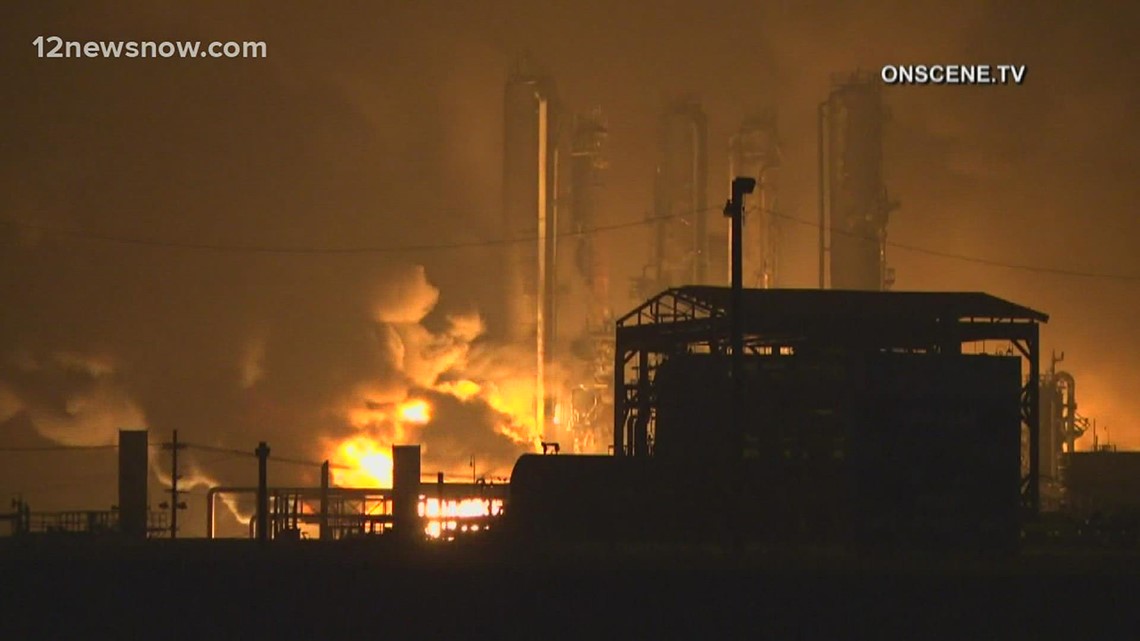
Popcorn polymer can form in equipment when oxygen and butadiene react.
The following statements are how the CSB said the key issues contributed to the 2019 explosions and fire:
- The TPC facility had a procedure in place to minimize popcorn polymer hazards associated with dead legs. But that dead leg procedure did not identify all potential temporary dead legs within the unit, including the one that eventually ruptured. Further, the American Chemistry Council’s (ACC’s) Butadiene Product Stewardship Guidance Manual does not contain information on the potential consequences of dead legs or how companies should identify, control, or prevent them.
- A 2016 PHA of the butadiene process at TPC recommended that piping associated with out-of-service equipment be flushed monthly. Yet, his recommendation, which could have helped to flush popcorn polymer out of the dead leg piping that ultimately ruptured, was never implemented.
- The CSB determined that TPC did not have sufficient internal policies to lead employees to shut down and clean the butadiene unit after it experienced exceedingly high levels of hazardous popcorn polymer. The CSB also determined that additional guidance in ACC’s Butadiene Product Stewardship Guidance Manual providing mitigation strategies that companies should follow when popcorn polymer is identified could help prevent future incidents.
- The CSB found that there were no remotely operated emergency isolation valves installed on equipment that was part of TPC’s butadiene process. Had such valves been installed, the initial release from the ruptured piping could have been minimized and some of the subsequent explosions may have been prevented.
The CSB has made a recommendation to the TPC Group as a result of the incident. They are encouraging TPC to develop and implement a process to identify and control or eliminate, dead legs in high-purity butadiene service.

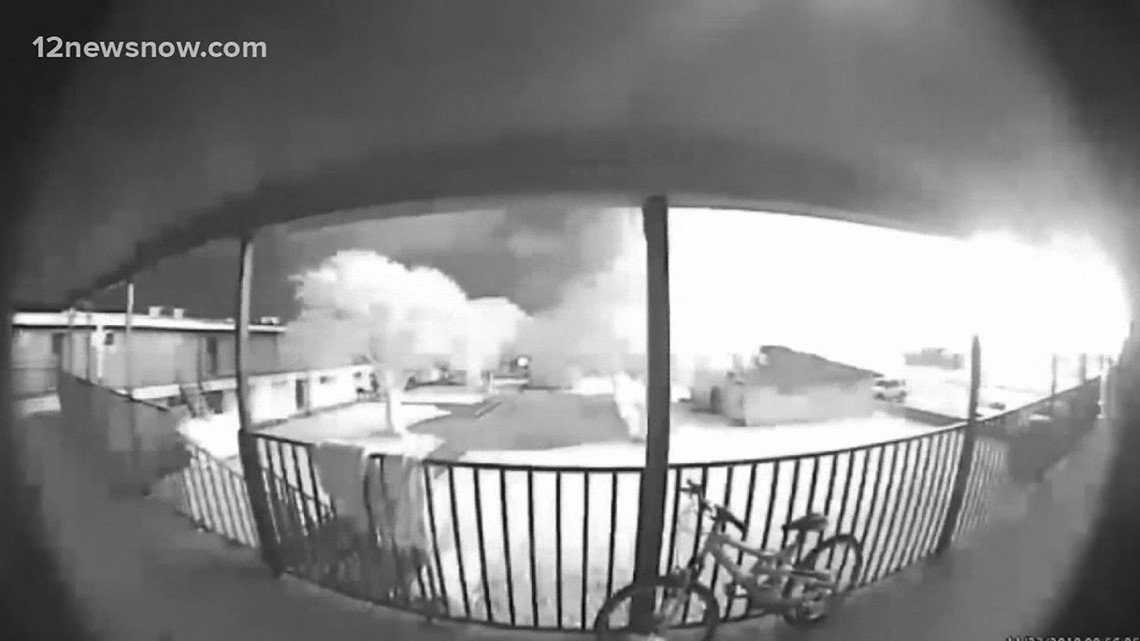
Damage from explosions that rocked Port Neches
Also on 12NewsNow.com ...

